#ancient bharat
Explore tagged Tumblr posts
Text

Ellora Caves
Shiva as Kala Bhairava with flaming eyes and in a state of frenzied excitement, with the Saptamatrika at his feet.
#ellora#ajanta ellora caves#UNESCO#UNESCO World Heritage Sites#Ellora Caves#Shiva#Kala Bhairava#Mahadev#Hinduism#Hindu#Ancient Bharat#Scriptures#Scripture#Carving#Statue#Ancient#Acient Hindu#Kailash Temple
67 notes
·
View notes
Text
Mastering Empathy: A Comprehensive Guide to Deepening Connections
The Essence of Empathy: Unveiling the True Nature and Practical Application Empathy, often misconstrued, is a delicate dance of understanding and connection. It goes beyond mere claims and surface-level gestures. Let’s dissect what empathy is not, unravel its true essence, and explore practical methods to infuse it into our lives. Empathy is Not: Claiming, “I understand your…
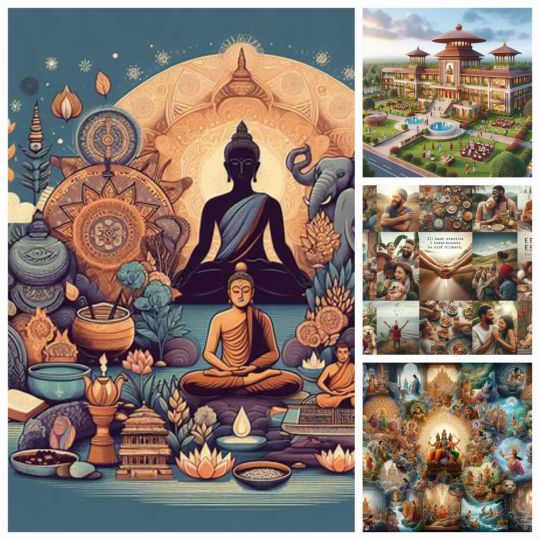
View On WordPress
#Active Listening#Ancient Bharat#Ayurveda#Building Relationships#Communication Skills#Compassion#Cultural Insights#Emotional Intelligence#empathy#Historical Wisdom#Human Connection#leadership#Philosophical Heritage#Spiritual Teachings#Supportive Communication#Understanding Others
0 notes
Text
youtube
1 note
·
View note
Video
youtube
11 Deadliest Weapons of Ancient Bharat | సృష్టి వినాశనం చేయగలిగే 11 అస్త...
#youtube#deadliest weapons#ancient bharat#సృష్టి వినాశనం#భయంకరమైన అస్త్రాలు#అస్త్రాలు#సృష్టి#వినాశనం#bharat#voice of maheedhar#mplanetleaf#maheedhar planet leaf#mahabharata#mahabharatam#mahabharat#mahabharat facts#mahabharat mysteries#deadly weapon#neuclear weapons#dangerous weapons
1 note
·
View note
Text
Indian Gateways🪷~










#india#tumblr#aesthetic#marvellous#beautiful#architecture#temple#art#ancient#hinduism#jainism#door#bharat
262 notes
·
View notes
Text
About Vedic Scriptures

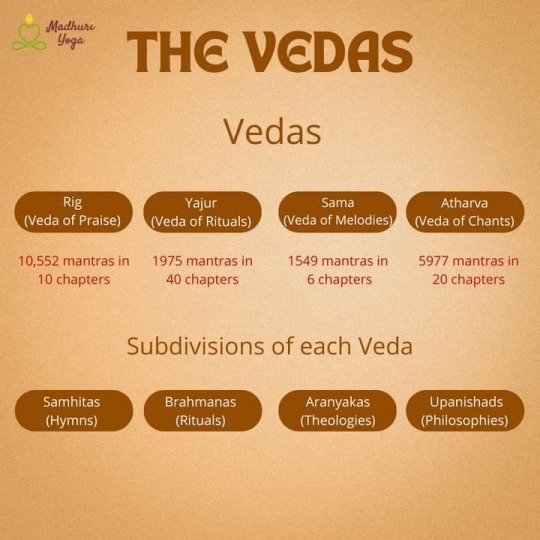

#vedic literature#hinduism#hindublr#sanatan dharma#ancient india#vedic culture#mantra#bharat#ancient indian history#puranas#sanskrit#languages#krishna#dharma#karma#hindu culture
293 notes
·
View notes
Text


#african#afrakan#kemetic dreams#africans#brownskin#brown skin#afrakans#african culture#India#bharat#epic video#indus valley#ancient egypt#kemet#kemetic#ancient kemet
64 notes
·
View notes
Text

Descent of the Ganges is a monument at Mahabalipuram, Tamil Nadu, India.
It's is 96 by 43 feet, it is a giant open-air rock relief carved on two monolithic rock boulders.
The legend depicted in the relief is the story of the descent of the sacred river Ganges to earth from the heavens led by Bhagiratha. The descent of the Ganges and Arjuna's Penance are portrayed in stone at the Pallava heritage site. The relief is more of a canvas of Indian rock cut sculpture at its best not seen anywhere in Bharat.
#India#Indian Sculpture#Vedic Temples#Ancient India#vedic#bhakti#krishna#iskcon#hare krishna#mahabalipuram#The Ganges#Bharat
7 notes
·
View notes
Text

Ancient Indian Temple in Ranakput, Rajasthan, Bharat, INDIA
47 notes
·
View notes
Text
TIL Bŗihaspathi, Brahmaņaspathi and Brahma were the three major gods of Rig-Veda and not Trimurti of Shiva-Vishnu-Brahma who we consider today as major deities. Later were minor gods in Vedas who were elevated when Puranas were written. They were given more powers, virtues and functions in respective Puranas.
Why might this be? While I don't have the answer, here's something to speculate.
Vedas, considered oldest Hindu texts were written by people who traveled to India from European (central Asian) regions. Were there people in India already?
Yes. Harappan civilization had long ended. Indus Valley Civilization started declining with arrival of Vedic migrants. Here's something more interesting.
Shiva as he is seen today was already present in Harappan civilization. Yes, Shiva was here (with people) long before Vedic people arrived here. So it is highly likely (in fact many historians have already said this) that Shiva and so many other gods (almost all that we worship today) were assimilated into new religion by migrants who arrived here. Coopted. Stories (Puranas) were written in this process. They probably tried to convert natives into their vedic religion. It didn't work. And so they went many steps ahead and instead started calling gods of natives as theirs own. And to support this claim they also wrote stories. A job well done.
Lemme enunciate this further with a recent instance. Last year or a year before that, during Covid, at our annual function of a local deity "Naag Brahmo" who is most times just a god worshipped in form of peepal tree or even a mango and when given form is shown as multi-headed-serpent (sometimes 3, other times 5, 7 too). For some reason someone decided up call people from ISKCON to conduct a bhajan. They arrived. They saw our god who at this place was a five-headed-serpent and slyly told us how this was no ordinary serpent but serpent of lord Vishnu. For the record, we don't consider our god a simple serpent, at times we talk of him with abundant power to move natural elements. But anyways, you get what was happening here.
Why do they do it? My theory is, caste system exists in their world and anyone outside of it is a threat or one less human not under their control. Whatever the reason, fact is, the ancient form of Hindu religion was a religion of migrants and not of natives. While today all of us have traces of Harappa DNA (recent books have abundantly cleared this), ideology is still alien. There's absolutely no reason to be touchy about the religion of migrants. And also tell Mr Amit Shah and company when he calls fellow Indians migrants from here and there. His ancestors, if he thinks he comes from Vedic ancestry, were migrants too.
Finally, just remember how none of the Vedic gods are worshipped by masses today. Gods we pray to were created using Puranas as vessels of their stories. If you think about it then, the only thing that is still practised from Vedic age is caste. So whenever you say your religion is old, sanatan, whenever you try to assert oldest, this is the bit that is oldest and still practised. We all abandoned our old gods but stuck to caste system nonetheless. Caste in that manner was more important to us than even our gods.
3 notes
·
View notes
Photo


(via Lessons from the Indus Valley Civilization for Modern Times) “Explore the engineering marvels of the Indus Valley Civilization’s sanitation system and uncover how its timeless principles guide modern efforts towards sustainable and efficient sanitation practices.”
#india#bharat#indus valley civilization#ancient india#ancient history#sanitation system#drainage system
2 notes
·
View notes
Text
History of Bharat needs to be rewritten
If our ancestors keep losing the war,So how have we been alive 1200 years? Nowadays people have become a thinking thatRajputs fought,But they were a lost warrior,Who ever lost to Alauddin,Sometimes lost to Babar, sometimes to Akbar,Ever from Aurangzeb… Is it really like this? Even in society many of theseHe is a confused Rajput,Joe Maharana Pratap, Prithviraj ChauhanAs timeless warriors are…

View On WordPress
#Akbar#alauddin#ANCIENT INDIA#Aurangzeb#BHARAT#haldighati#HISTORY OF INDIA#islamic terrorism#maharanapratap#Muslim#rajput#taj mahal
2 notes
·
View notes
Text
*How well do we know our "Bharat"?*
The underlying myths that most of us Indians have grown up with is that India was born in 1947! Before that, for centuries, we were a conquered land. And the period before that doesn't matter, because it is prehistory.
Nothing is farther from the truth.
It matters!
*Rediscovering Bharat* is an attempt to initiate the reader into a personal journey of rediscovering his/her own Bharat!
#bharat#india#mathematics#ancient india#ancient wisdom#Rediscovering Bharat#hindu#hinduism#youtube#books and reading#books
8 notes
·
View notes
Text
11th century Surya temple of Jhalrapatan.
Rajasthan, India

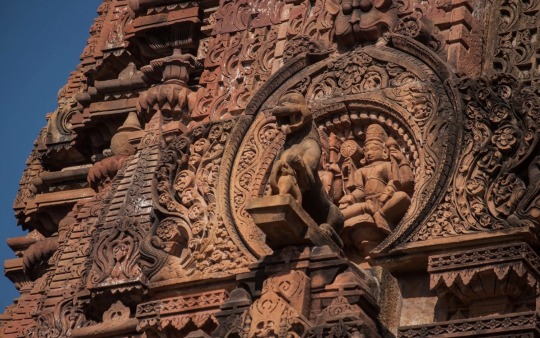

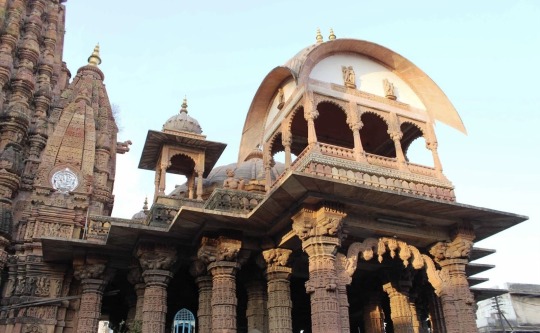
#india#tumblr#marvellous#aesthetic#architecture#beautiful#temple#art#futurism#love#ancient#hinduism#carvings#old#carved#bharat#ancient history#technology#colorful#history
251 notes
·
View notes
Text
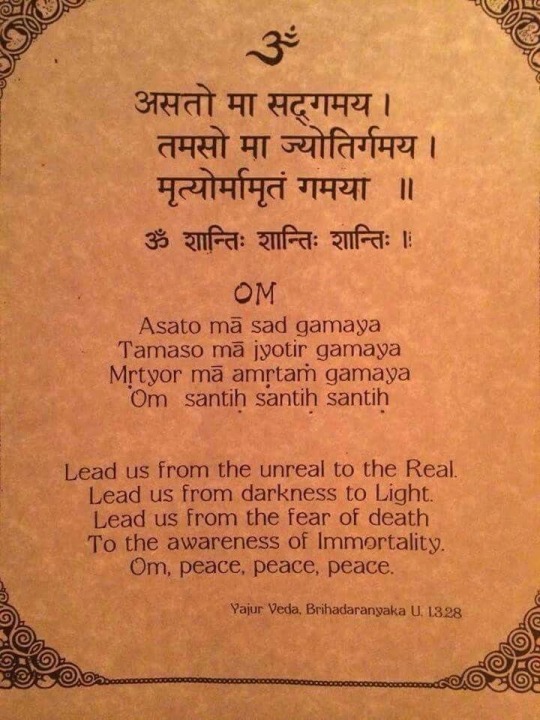
Yajur Ved
#sanskrit mantra#hindublr#hinduism#sanatan dharma#bharat#india#yajur veda#meditation#spirituality#spiritual awakening#desiblr#ancient india#prayer#hindu culture#hindutva
127 notes
·
View notes
Text
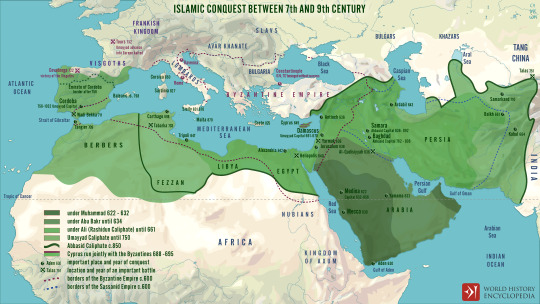
What made Arabisation so successful in the Levant and North Africa, whereas it failed in Iran, India, and the Caucasus?
Arabisation's success in the Levant and North Africa can be attributed to various historical, cultural, and geopolitical factors. The Arab invaders in these regions established centralized rule, which facilitated the spread of Arabic language and culture, I$|@m forced to them and played a crucial role as a unifying force, encouraging adoption of Arabic for religious purposes.
On the other hand, in regions like Iran, India, and the Caucasus, Arabisation faced challenges due to pre-existing rich and established civilizations with their own distinct languages and cultures, which was so much greater than arabs culture, In these areas, the local populations were more resistant to adopting Arabic, and their societies were not as readily assimilated into the Arab-dominated political structures.
in Iran, the Persian language had deep-rooted cultural significance, and Persian dynasties maintained their own identity and resisted Arabisation. In India, the vast and diverse society made it challenging for Arabic to become the dominant language. The Caucasus, with its diverse linguistic landscape and mountainous terrain, also hindered widespread Arabisation.
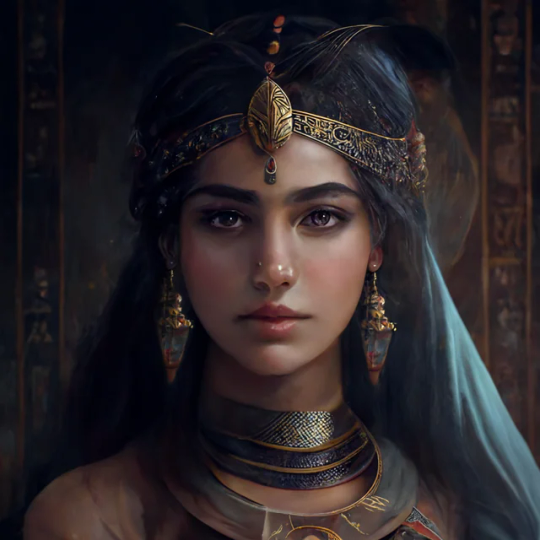
**Resistance and Nationalism**: In places like Iran, there was a strong sense of Persian identity and nationalism till today that resisted Arabisation. Persian language and culture have a long-standing and deeply rooted history that predates Abrahamic religions and the Arab conquests. The same applies to India, where there is a rich tapestry of local languages and cultures, and the Caucasus, where local nationalisms played a role in resisting Arabisation.
the success of Arabisation in the Levant and North Africa was facilitated by factors like centralized rule, religious influence, and a more receptive environment, whereas in Iran, India, and the Caucasus, the pre-existing cultural and linguistic diversity posed significant barriers to its adoption.


#kemetic dreams#islam#islamic jihad#colonization#north africa#levant#western asia#central asia#persian#brownskin#ancient persia#persistence#affirm and persist#persimmon#iran#india#bharat#critical role#african culture#asian culture#asians#asian conquest#brown skin#Arab
52 notes
·
View notes